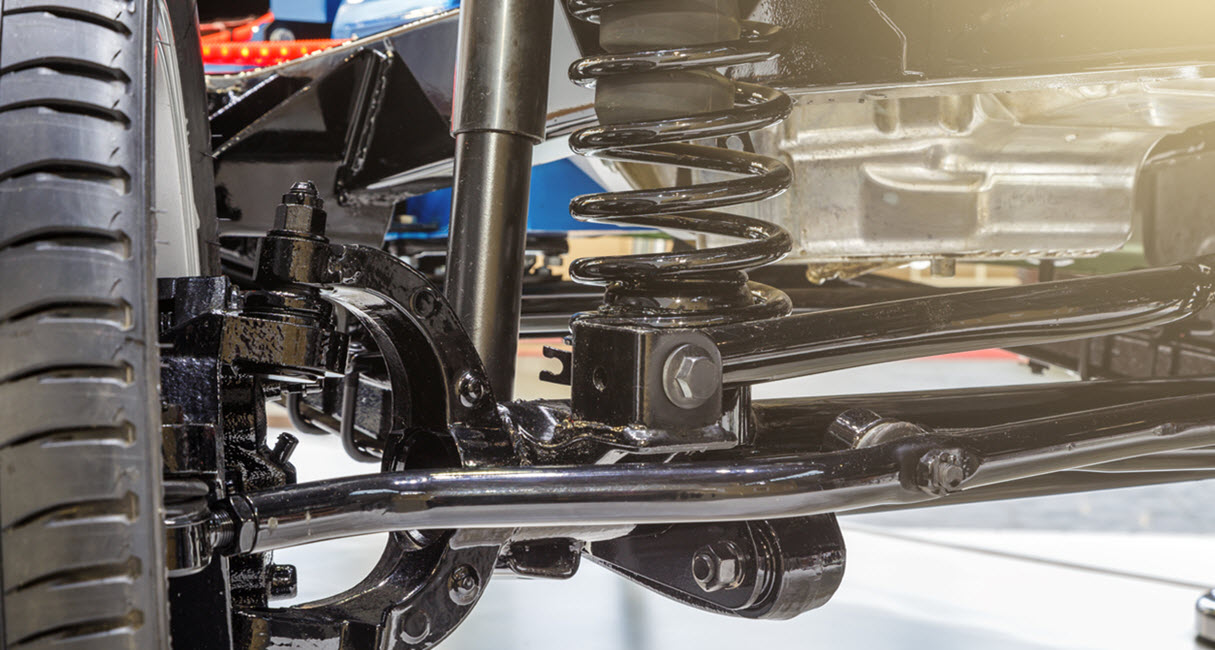Audi vehicles are known for their precision engineering, luxury, and impressive performance. A critical component in maintaining these attributes is the suspension system, which ensures a smooth and comfortable ride while also supporting the vehicle’s handling and stability. However, over time, even the most well-built suspension systems can encounter issues, affecting both the driving experience and safety. Understanding the common suspension problems that can occur in Audi models and taking the necessary steps to address them can help owners avoid costly repairs and extend the life of their vehicles.

One of the most frequent suspension problems Audi owners face is the wear of shock absorbers and struts. These components are responsible for controlling the vehicle’s movements, particularly when absorbing bumps and vibrations from the road. With extended use, shock absorbers can deteriorate, leading to a rougher ride, increased noise, and a noticeable decline in vehicle handling. Symptoms of worn-out shocks include excessive bouncing, poor stability during turns, and longer stopping distances. If left unchecked, this can lead to more severe suspension damage, such as misalignment and increased tire wear.
In addition to shock absorber wear, Audi vehicles audi suspension issues and tips equipped with air suspension systems may experience specific issues. Air suspension is common in high-end Audi models such as the A8, Q7, and Q5, where it provides a smooth, adjustable ride. Air suspension systems rely on air springs and compressors, and over time, these components can fail or develop leaks. Common signs of air suspension problems include uneven ride height, an unusually rough ride, or a warning light illuminated on the dashboard. When air suspension fails, it can result in costly repairs, as parts like air springs or compressors need to be replaced. In some cases, the entire air suspension system may require replacement if the problem is widespread.
The Quattro all-wheel-drive system, a hallmark of Audi’s performance models, can also place additional strain on the suspension. The Quattro system requires specialized suspension components such as control arms, ball joints, and bushings, which are more susceptible to wear and tear than in front-wheel-drive vehicles. If any of these components become worn, they can lead to poor alignment, uneven tire wear, and compromised handling. Unusual sounds, such as clunking or squeaking when turning, are often indicative of failing suspension components in Quattro models.
To prevent suspension problems and keep your Audi running smoothly, regular maintenance is crucial. One of the simplest yet most effective ways to prolong the lifespan of your suspension system is by ensuring that your tires are properly inflated, balanced, and rotated. Misaligned or unbalanced tires can cause uneven wear on suspension components, leading to premature failure. Additionally, it’s important to have your Audi’s alignment checked periodically, especially if you notice the vehicle pulling to one side or if the steering feels off.
If you notice any changes in your Audi’s handling, such as a rougher ride, unusual noises, or difficulty maintaining control, it’s essential to have your suspension system inspected by a professional. A thorough inspection can identify issues before they become serious, saving you from more expensive repairs down the road. If your Audi is equipped with an air suspension, be proactive about checking for leaks and malfunctions, as early detection can help prevent a complete system failure.
In conclusion, while Audi vehicles are renowned for their performance and comfort, suspension problems can arise as the vehicle ages. Regular maintenance, early detection, and timely repairs are essential in keeping the suspension system in top condition. By staying on top of routine inspections and addressing issues promptly, Audi owners can ensure their vehicles continue to deliver the smooth, high-performance ride they are known for.